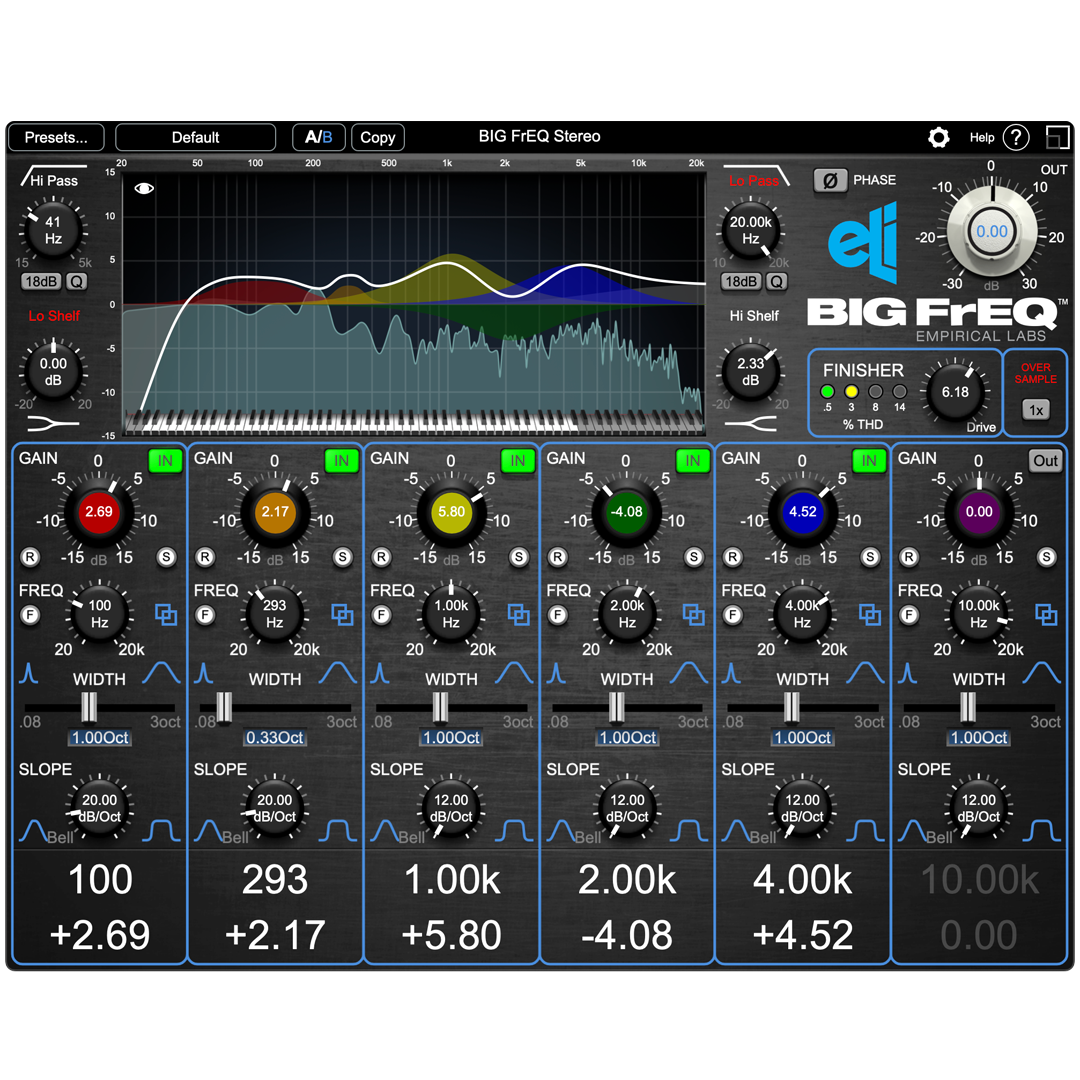This item cannot be returned.
Zynaptiq Orange Vocoder IV Vocoder Plug-In
On Sale
Zynaptiq Orange Vocoder IV Vocoder Plug-In Overview
Offering comprehensive and unique features, the Orange Vocoder IV from Zynaptic is an incredibly powerful stereo vocoder plug-in with 24 distinctive and customizable vocoding algorithms. Capable of generating an enormous gamut of sounds, from robot and creature voices to grooving, musical mutations, the Orange Vocoder IV is as powerful as it is easy to use, thanks to the intuitive visual workflow.
Along with its 24 vocoder algorithms, Orange Vocoder IV includes a potent polyphonic synthesizer with sophisticated modulation options, a flexible five-mode Pitch Quantizer with MIDI control, formant shifting, preset generation, grain morphing, and much more. The Dice function allows you to intelligently randomize parameters on a contextual and module-by-module basis, while Freezer provides an easy way to create sustain effects from your current timbre, allowing for indefinite sustain. Orange Vocoder IV is available in AAX, AU, VST2.4, and VST3 plug-in formats for macOS and Windows computers.
New in Version IV
New Vocoder Features
- 16 new Vocoder algorithms, for a total of 24, including LPC, wavelet-based, speech-synthesis-inspired, independent component analysis-based, and zero-latency analog-modeled algorithms
- The Vocoder is now stereo
- New expander module for additional dynamics control
- HF Through and Unvoiced parameters now come as level controls instead of on/off switches
- New ÷2, x2, and Invert macro functions for the Graphic Filterbank EQ
- Redesigned filterbank reverb circuit called Traces with a unique, reverberant sound
New FX and Routing Features
- New pitch quantizer module including real-time MIDI control of target pitch and 5 modes: Quantize, Scale, Note, Enforce, and Polyforce
- Enforce and Polyforce modes feature zero-latency operation as well as grain-morphing functionality, like a wavetable synth with real-time input
- Freeze that is stored and recalled with the preset/session like with Adaptiverb
- Subpresets for creating a library of tones from which to work
- Improved Reverb with new Damping parameter
- Improved Chorus with Amount and Rate parameters
- New Formant Shifter
- New 3-way Mixer with Solo and Mute functionality
New Synthesizer Features
- New high-quality stereo synth engine
- New Unison function with Detune and Cluster modes, as well as Spread, Detune, Key Sync, and Pan Width parameters
- Redesigned Filter, now with switchable 6, 12, 18, and 24 dB/octave topology, key-tracking, and dual modulation sources
- New oscillator waveform: Glottal Pulse
- New pitch modulators including monophonic and audio-rate LFOs, thru-zero linear FM, AD envelopes, envelope followers, and zero-crossing trackers
- Rational factor or decimal multiplier based FM modulator frequency control
- New Synth Macro control with four assignable destinations
- Redesigned dual-algorithm ring-modulator / oscillator mixer featuring a 3-way mix control and a much cleaner sound
- New Mono Legato mode with Glide
- New amp ADSR with selectable linear and exponential shapes
- Six new poly distortion modes
- Velocity control of all important synth parameters
- New settings generator for creating new synth patches
- New Pitch Bend Range parameter
- Classic Sample-Waves can now also benefit from Sync and Ring Mod
- Keyboard now 4 octaves wide and scrollable
New Top-Level Features
- Orange Vodoer is now a Zynaptiq-branded product
- Now for VST 2, VST 3, AU, and AAX Native on Mac, and VST 2, VST 3, and AAX Native on Windows
- Completely redesigned tabbed user interface with interactive signal path design
- Hover-menu focused UI workflow
- New sub-presets for the synth, vocoder, and freeze modules
- New sub-preset based smart randomizer
- New lock mode for plug-in subsections
- Now uses PACE copy protection for Machine- or iLok 2+ based authorization
In-Depth Features
24 Vocoders in One
Meticulously Crafted
Comprehensive
To keep workflow fast and easy, Orange Vocoder IVs modules are all hooked up in a semimodular routing architecture, clearly laid out in the Overview view. Using an interactive signal flow diagram as its interface, it makes coming up with new sounds a dream. Switch modules into the signal path and adjust their key parameters, load subpresets into them, adjust routing, mix, solo or mute the various processors, and much more. To dig deeper, click on a module’s box to open the synth, vocoder, or effects pages.
The Synth
Its two oscillators can use analog emulated waveforms as well as sampled vintage digital waveforms, and feature two flavors of ring modulation, hard sync, through-zero FM, and seven types of polyphonic distortion. They feed into a 6 to 24 dB low-pass filter with beautiful resonance. Comprehensive modulation options include:
- Mono- and polyphonic LFOs (audio-rate capable for the oscillators)
- AD envelopes
- Envelope followers and zero-crossing trackers
- Velocity and a 4-destination macro control
- Unison operation with up to 8 additional voices and DETUNE and CLUSTER modes
- Mono Legato with glide
- MIDI control and on-screen keyboard playing options
Pitch Quantization
Enforce and Polyforce use a wavetable-inspired approach and feature zero-latency processing for live performances. The pitch quantizer is extremely easy to use—just switch it on and choose the algorithm, it will then be controlled by the same notes as the synth including mono legato and glide.
The Freezer
The Dice
You can exclude any module from the dice roll, select whether you want to use musical or SFX-type sounds (or both), and whether to use the factory subpresets or your own (or both). The Dice are context-aware, so if you’re in the synth view, only the synth will be rolled.





